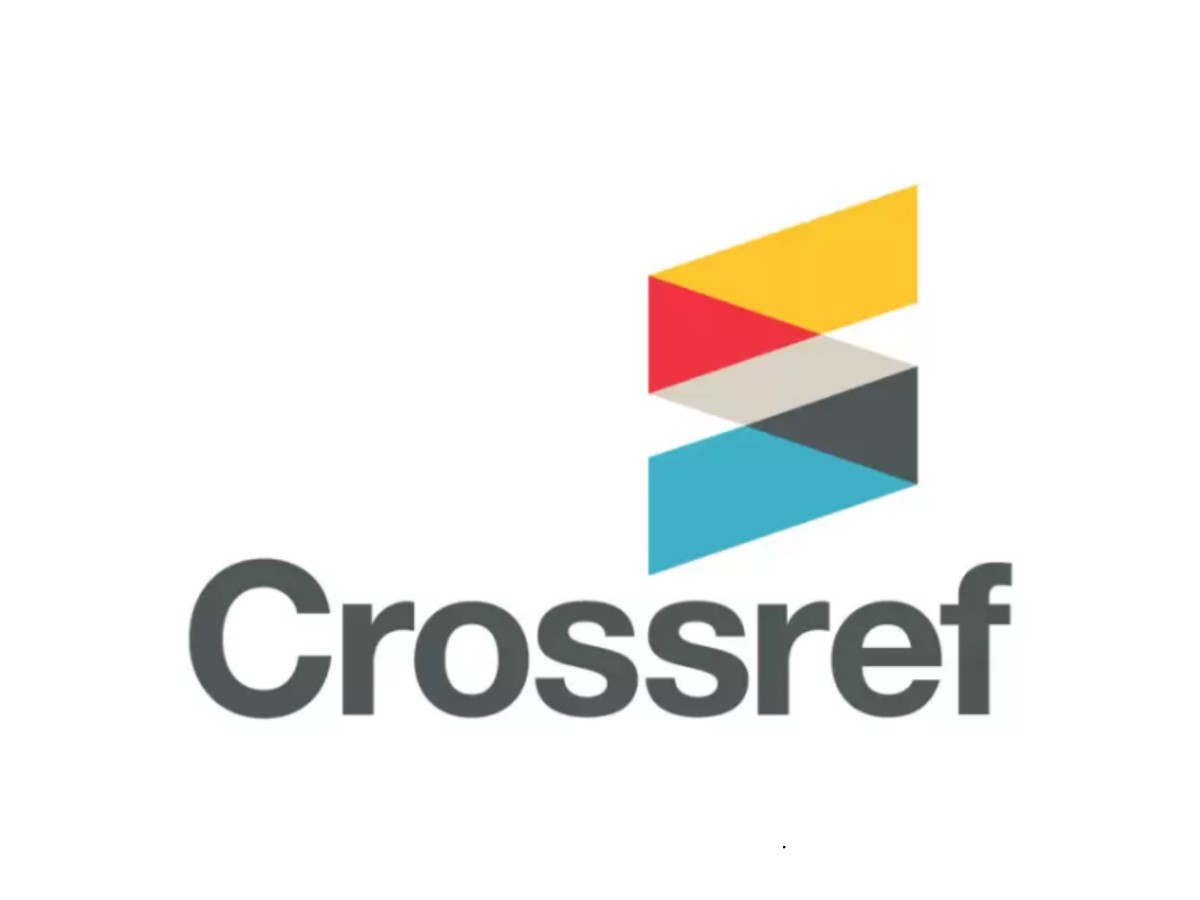OPTIMIZED CONTROL OF THE PHYSICAL BATTERY SYSTEM
DOI:
https://doi.org/10.53893/austenit.v15i1.6303Keywords:
Photovoltaic (PV), A variable step size INC, Modified Incremental Conductance algorithmAbstract
Today, a significant issue for many nations worldwide is a shortage of energy. Renewable energy sources, particularly solar energy, are being investigated as additional energy sources to address the aforementioned issue. The high investment cost and poor performance of solar energy, however, provide the biggest challenge. This study only addresses the power optimization problem. It is suggested that the method used to determine the solar system's maximum power point modify incremental conductance. Adapted Incremental Conductance algorithm based on Incremental Conductance conventional techniques. The Modified Incremental Conductance method, however, has several exceptional advantages since it has a voltage change (V) that is not constant but fluctuates in an ideal manner to achieve the maximum power point as soon as possible. The voltage V is greater away from the peak power point while it is zero at the peak power point. Modified incremental conductivity algorithm to find peak power point faster than traditional algorithms. With maximum power point change reducing ambient power loss at the highest powers point. This helps to optimize voltage difference value.
Downloads
References
Farhani, S., & Bacha, F. (2021). High efficiency power electronic converter for fuel cell system application. Ain Shams Engineering Journal, 12(3), 2655-2664.
Wang, H., Tao, T., Xu, J., Shi, H., Mei, X., & Gou, P. (2022). Thermal performance of a liquid-immersed battery thermal management system for lithium-ion pouch batteries. Journal of Energy Storage, 46, 103835.
Hoang, A. Q., Le, C. H., & Quang, T. C. T. (2014). Nghiên cứu lý thuyết và thá»±c nghiệm mô hình máy lạnh hấp phụ mặt trá»i sá» dụng Zeolite-NÆ°á»›c. Journal of Technical Education Science, (27), 23-29.
Xu, Z., Xu, J., Guo, Z., Wang, H., Sun, Z., & Mei, X. (2022). Design and optimization of a novel microchannel battery thermal management system based on digital twin. Energies, 15(4), 1421.
Aldaoudeyeh, A. M. I. (2018). Development of a generalised PV model in MATLAB/Simulink using datasheet values. The Journal of Engineering, 2018(5), 257-263.
Boukenoui, R., Bradai, R., Mellit, A., Ghanes, M., & Salhi, H. (2015, November). Comparative analysis of P&O, modified hill climbing-FLC, and adaptive P&O-FLC MPPTs for microgrid standalone PV system. In 2015 international conference on renewable energy research and applications (ICRERA) (pp. 1095-1099). IEEE.
Rokonuzzaman, M., Shakeri, M., Hamid, F. A., Mishu, M. K., Pasupuleti, J., Rahman, K. S., ... & Amin, N. (2020). Iot-enabled high efficiency smart solar charge controller with maximum power point tracking—Design, hardware implementation and performance testing. Electronics, 9(8), 1267.
Tsai, H. L., Tu, C. S., & Su, Y. J. (2008, October). Development of generalized photovoltaic model using MATLAB/SIMULINK. In Proceedings of the world congress on Engineering and computer science (Vol. 2008, pp. 1-6).
Yurchenko, D., Machado, L. Q., Wang, J., Bowen, C., Sharkh, S., Moshrefi-Torbati, M., & Val, D. V. (2022). Global optimisation approach for designing high-efficiency piezoelectric beam-based energy harvesting devices. Nano Energy, 93, 106684.
Shaikh, M. N., Zafar, Q., & Papadakis, A. (2020). Development of a Comprehensive Matlab/Simulink Based Model for High-Efficiency 2nd Generation Photovoltaic (PV) Modules. Current Nanoscience, 16(4), 568-577.
Villalva, M. G., Gazoli, J. R., & Ruppert Filho, E. (2009). Comprehensive approach to modeling and simulation of photovoltaic arrays. IEEE Transactions on power electronics, 24(5), 1198-1208.
Liu, F., Zha, X., Zhou, Y., & Duan, S. (2009, May). Design and research on parameter of LCL filter in three-phase grid-connected inverter. In 2009 IEEE 6th International Power Electronics and Motion Control Conference (pp. 2174-2177). IEEE.
Liu, F., Duan, S., Liu, F., Liu, B., & Kang, Y. (2008). A variable step size INC MPPT method for PV systems. IEEE Transactions on industrial electronics, 55(7), 2622-2628.
Tran, T. Q., & Truong, A. V. (2012). MPPT VOLTAGE REGULATING IN THREE-PHASE GRID-CONNECTED PHOTOVOLTAIC SYSTEM. Science and Technology Development Journal, 15(2), 50-61.
Jiang, L. (2012). Resistance Control MPPT for Smart Converter PV System (Doctoral dissertation, Virginia Tech).
Jiang, J. A., Huang, T. L., Hsiao, Y. T., & Chen, C. H. (2005). Maximum power tracking for photovoltaic power systems. Journal of Applied Science and Engineering, 8(2), 147-153.
Alsadi, S., & Alsayid, B. (2012). Maximum power point tracking simulation for photovoltaic systems using perturb and observe algorithm.
Downloads
Published
How to Cite
Issue
Section
License
Copyright (c) 2023 Authors and Publisher

This work is licensed under a Creative Commons Attribution-ShareAlike 4.0 International License.
The Authors submitting a manuscript do so on the understanding that if accepted for publication, Authors retain copyright and grant the AUSTENIT right of first publication with the work simultaneously licensed under a Creative Commons Attribution-ShareAlike License that allows others to share the work with an acknowledgment of the work's authorship and initial publication in this journal.
AUSTENIT, the Editors and the Advisory International Editorial Board make every effort to ensure that no wrong or misleading data, opinions or statements be published in the journal. In any way, the contents of the articles and advertisements published in AUSTENIT are the sole responsibility of their respective authors and advertisers.















